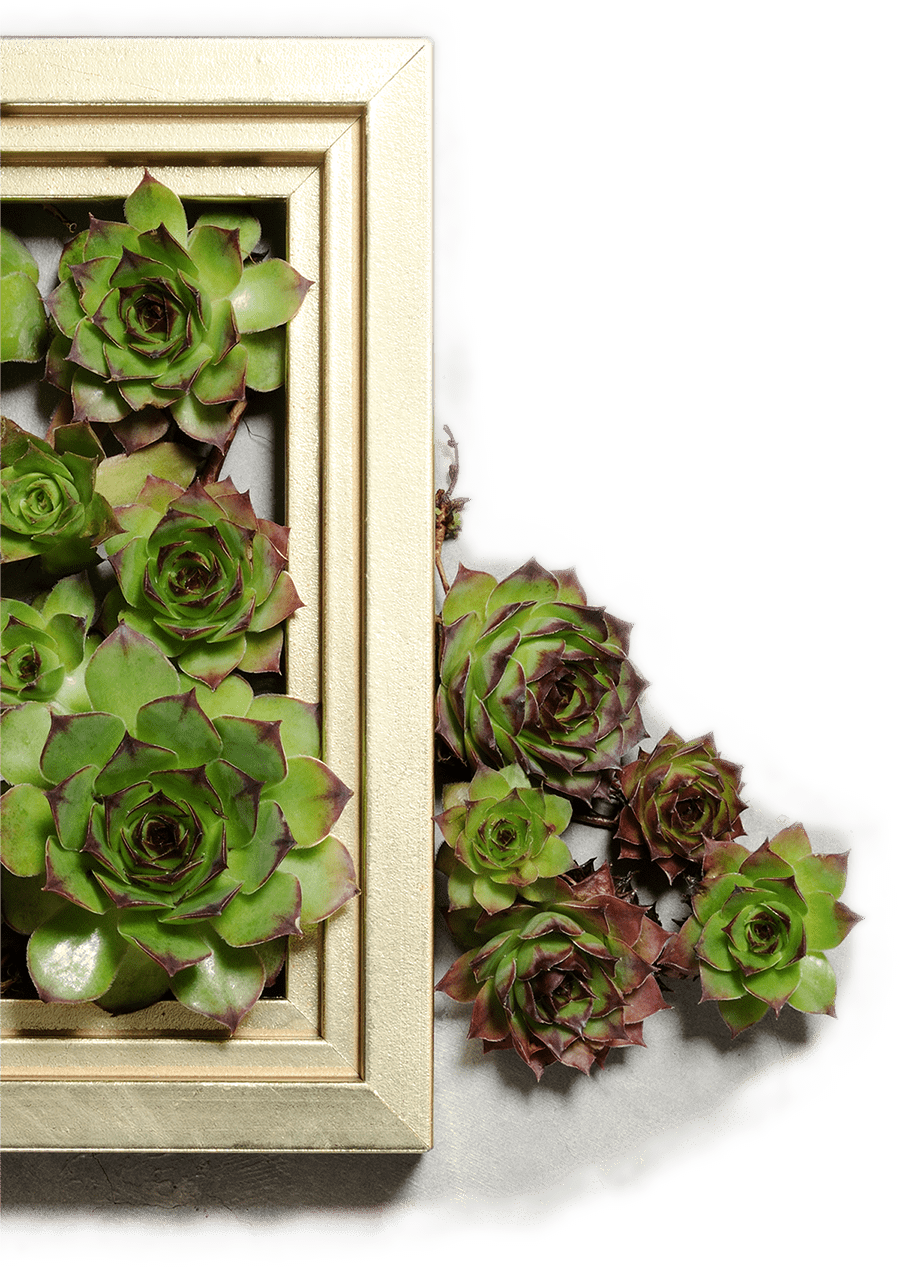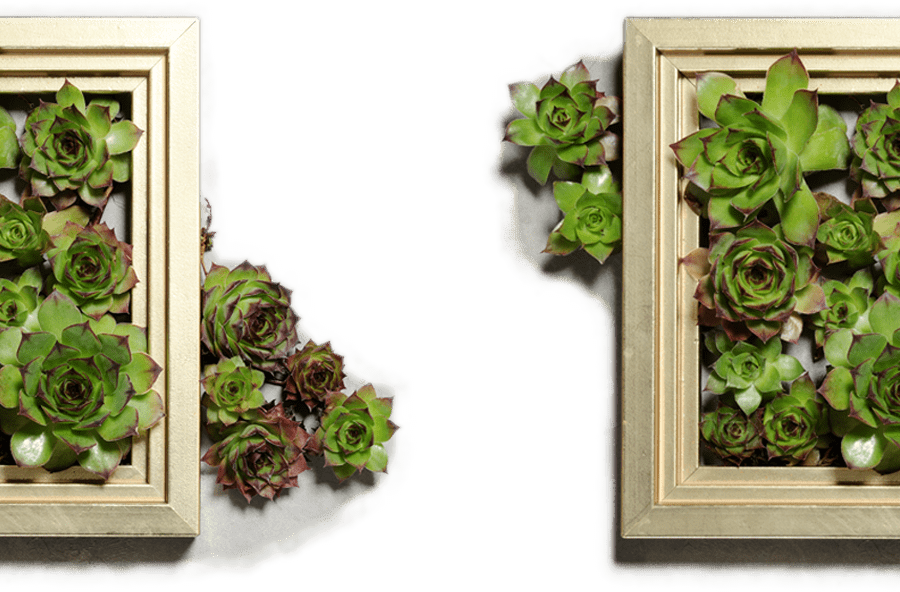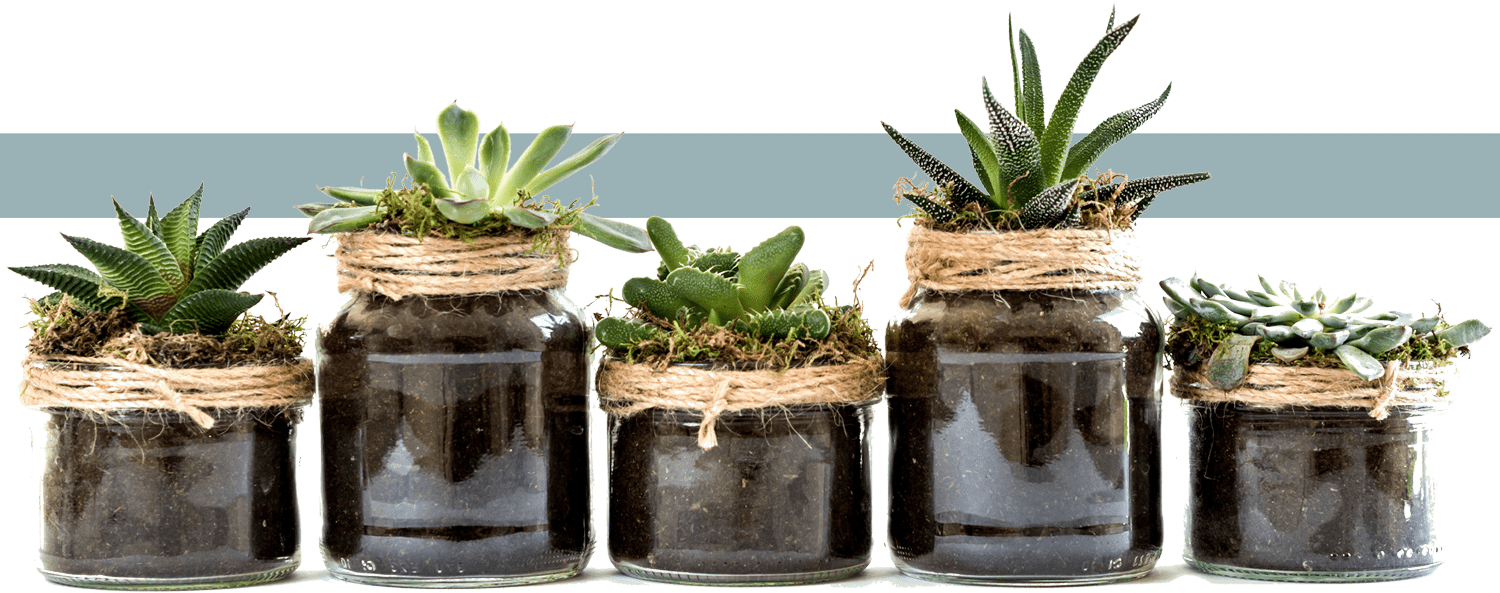


/ˈbōldnəs/
willingness to take risks and act innovatively; confidence or courage
assing on boldness means we will encourage our children to see education differently than we may have growing up. It requires us to step into their world and model what it looks like to have a mindset that takes risks and acts innovatively. To walk in confidence and courage through their lives, our children need to begin by doing so in their education.
Science: the intellectual and practical activity encompassing the systematic study of the structure and behaviour of the physical and natural world through observation and experiment
Science is one of those subjects that seems made for this very purpose, especially when you teach it naturally. Science begins with observation and requires students to experiment—sometimes with success and sometimes with failure. Understanding it at a deeper level depends on students’ ability to notice connections, ask new questions, and come up with innovative ideas.
What does a natural approach to teaching science look like practically, though?

As they are searching for the answers to their questions, they may come up with new ones. In her book, You Can Teach Your Child Successfully, Dr. Ruth Beechick says, “Raising good questions is one of the most important science thinking skills at the frontiers of science. People who discover new knowledge do so by pursuing new questions.”
Remember how boldness is the willingness to act innovatively? When students ask new questions, when they seek to do something differently than the norm, they are developing boldness. In the area of science, these types of new questions could lead to significant discoveries for both individuals and, eventually, society.
At some point every inventor, every researcher, every biologist, every astronomist, every “ist” you can think of that made a contribution, began with a question.
Nature study in the early years helps students develop this skill while enjoying the benefits of being outside in nature. Kids are naturally curious and drawn to the study of the natural world, so learning observation skills will be both enjoyable and provide them with a solid foundation for their other science studies.
As students get older, those observation skills will be used as they study biology, astronomy, chemistry, physics, or other areas they are interested in learning more about.
Students learn what boldness looks like as they study the lives of leaders and innovators and people who persevered in the face of adversity. They can record what they learn about these scientists in their nature journal or notebook, which we’ll talk about later in this article.
A discovery approach means your kids learn new information through searching for it themselves. The more involved students are in the learning process, the better they will truly understand whatever topic they are learning about.
You’ve seen those lightbulb moments when a child “gets” something. When they connect learning or make an observation for themselves, your children will remember and understand in a way that isn’t possible through reading about the topic, taking notes, and answering questions in a textbook.
For example, if your kids are studying the weather they can keep a weather journal, build a weather station, and track daily weather statistics. By doing so, your children will have those “aha” moments as they figure something out for themselves. Then videos and other online resources can help them put it all together. (Check out Weather for Kids: The Best Way to Teach Meteorology on the blog!)
Why? Because experiments and hands-on activities:
- Teach students what it means to try and fail and try again.
- Help them see with their own eyes the concepts they are reading and learning about.
- Make learning fun.

With nature journaling, students go on nature walks and record observations. They can write about what they see and either draw, paint, or take photographs of plants, trees, animals, and insects. Some include nature poems by others or original works, meaningful quotes about nature, or interesting facts. Students’ journals can be as unique as they are!
Notebooking can include the same things a journal does, but it goes beyond what they observe in nature. You can add profiles of famous scientists, lab reports, questions that come up during study, and the information found in looking for answers.
- Enjoy a nature walk. Draw or paint insects, animals, trees, leaves, flowers, etc., or take photos. Do this around your neighborhood, at local parks, and even on vacation.
- Go to the zoo. Take pictures of the animals or draw them if you have time, write down what you notice about the movements or eating habits of various animals, read the info on the exhibit, talk to a zookeeper.
- Observe changes in nature.Try taking a picture or creating a drawing of a tree in your yard or a nearby area during each season. Notice changes of color in your area, how plants develop, what insects and animals you see during the different seasons. Be sure to write down specific observations. Note the season, describe the behavior of an animal, write down when something blooms.
- Keep track of the weather. What temperature is it each day? Is it sunny, rainy, or stormy? You can even draw or take pictures of different types of clouds and label them.
- Create scientist profiles. Read biographies and note interesting facts about the scientist. Share what they discovered or invented and how it changed people’s lives. Ask what role their faith played in how they viewed science.
- Experiment. Write what you think will happen (your hypothesis), and list the steps or draw pictures of each one. Record observations during the experiment and find out whether the results are what you expected. Then put the experiment (or lab) report in your notebook.
- Draw models. Whether it’s cells, organs of the body, or molecular structures, drawing helps us to see the information we’re studying.
By taking a natural approach to teaching science, you’ll develop boldness in your kids as they explore the world around them. And because learning isn’t tied to a textbook, you can study the same topics with students of all ages. That’s real world science—working with teams while asking questions, observing, doing experiments, and making connections.

